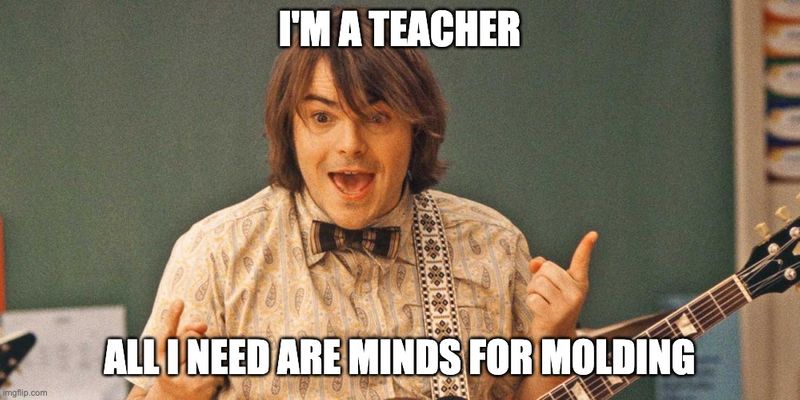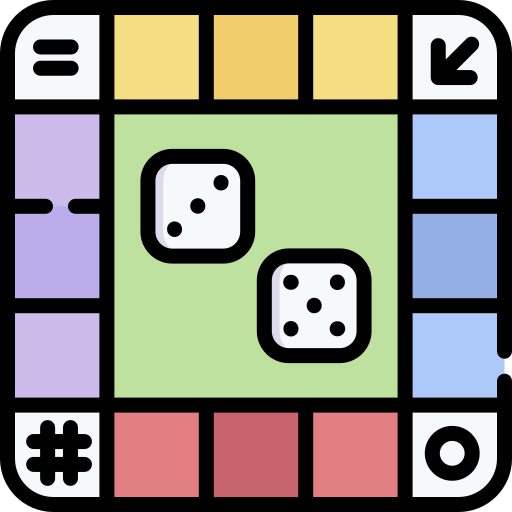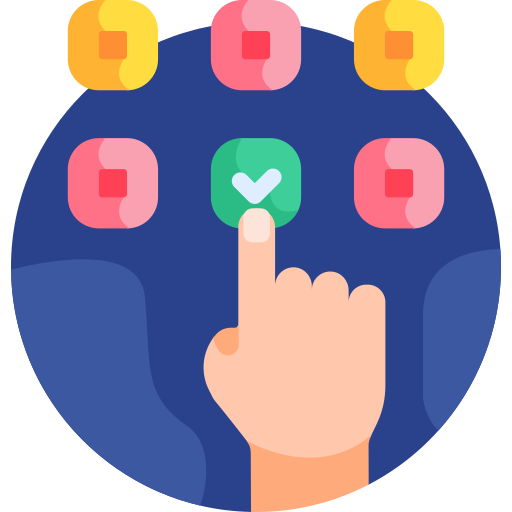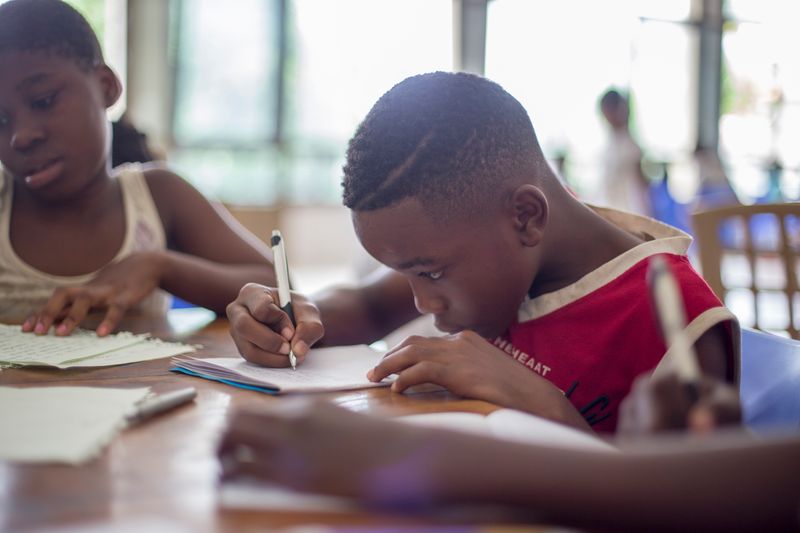
This logo isn't an ad or affiliate link. It's an organization that shares in our mission, and empowered the authors to share their insights in Byte form.
Rumie vets Bytes for compliance with our
Standards.
The organization is responsible for the completeness and reliability of the content.
Learn more
about how Rumie works with partners.

You just delivered the best lesson of your life, one worthy of the movie School of Rock. But when you check for understanding, as every good teacher does, the students just don’t get it.
As a special education teacher for the past 12 years, I've experienced this disappointment often. Post-COVID teaching has been a challenge, with shorter attention spans and lower morale across the board.
But don't give up — there's still hope! Try these remediation strategies whenever you need to reteach a skill.
Remedial Teaching Strategy #1: Use alternative modalities
Did you know there are 4 different learning modalities? They're based on how learners synthesize information using the different senses:
Auditory — hearing
Visual — seeing
Tactile — touch
Kinesthetic — movement
You might know of these as "learning styles", but the idea that learners fit into any one style isn't backed up by evidence. Check out this TED Talk from Dr. Tesia Marshik to learn more.

Lessons can involve just one or a variety of modalities — but since most people take in new information using multiple senses, the more you vary the learning modalities you teach toward, the more you can engage a wide range of learners.
The next time a lesson flops, try incorporating a variety of activities that appeal to multiple learning modalities.
Quiz
Ms. Melendez teaches a lesson about the solar system. Which lesson activity is NOT paired correctly with the learning modality it addresses?
A video would only address the visual and auditory modalities. To be kinesthetic, an activity requires movement.
Did you know?
Some also consider reading and writing to be its own modality.
Remedial Teaching Strategy #2: Gamification
It can seem like students have no attention span for a whole lesson, but can spend hours and hours gaming. We can all agree — playing a game is more appealing than listening to a lecture any day. So why not gamify your lesson activities to make them more enjoyable?
They'll also be more memorable. The Federation of American Scientists found that learners retain up to 90% of what they learn when presented via gaming. Check out this video on the effectiveness of gamification in the classroom.

Ways to gamify your lesson activities include:
Incorporate points systems and leaderboards. Competition is a powerful motivator! Prizes or badges for performance can also add some excitement.
Create an educational board game or card game on almost any topic. Get creative and rewrite the game cards to an existing game, or check out Teachers Pay Teachers for some awesome, affordable options.
Build a free virtual, interactive trivia game via Kahoot or Blooket.
Remedial Teaching Strategy #3: Project-based learning
No one likes busy work. One of the reasons it's increasingly hard to engage students is the lack of relatability to their everyday lives. Authentic project-based learning can be a game-changer in motivating students.
Think of a real-world problem or situation related to the topic. How can you tie in an authentic audience for an end product?
 Photo by Jo Szczepanska on Unsplash
Photo by Jo Szczepanska on UnsplashHere is an example of a real-world project for a variety of classroom subject areas:
English — a persuasive speech written to convince a political stakeholder of a particular viewpoint on an issue
Math — a simulated shopping experience to practice basic computations, budgeting, and percent applications
Science — a design challenge involving building and testing prototypes for simple machines
Social studies — a historical writing piece that involves interviewing someone from an older generation
Check out My PBL Works for a database of free academic projects for any subject area!
Did you know?
STEAM is an entire movement focused around creating real-world projects that incorporate aspects of science, technology, art, engineering, and math!
Remedial Teaching Strategy #4: Incorporate student choice
A common complaint in schools today is that students rarely have a voice in their own education.
One way to reengage those students is to offer them choices within their learning — it gives them a sense of ownership over the material. Students have a more positive outlook on an assignment when given options.
Student choice increases engagement, retention, and happiness. A win-win! Check out this video on personalized learning to learn more about student empowerment.

Some easy strategies for incorporating student choice into your lesson include:
The option to work independently, with a partner, or in a group.
Choose which problems to complete from a worksheet.
Choose the format of a final project to demonstrate mastery.
Elect to work on an assignment on paper or digitally.
Select which classroom resources to use, and when.
Quiz
Which of the following is NOT a good strategy for remedial teaching?
Reteaching the same lesson in the same way is ineffective, regardless of the speed of delivery. Try one of the other options instead!
Take Action
 Photo by Santi Vedrí on Unsplash
Photo by Santi Vedrí on UnsplashIncorporate these remedial teaching strategies to your classroom!
This Byte has been authored by
Laura Campion
Instructional Designer & Content Creator
M. Ed.